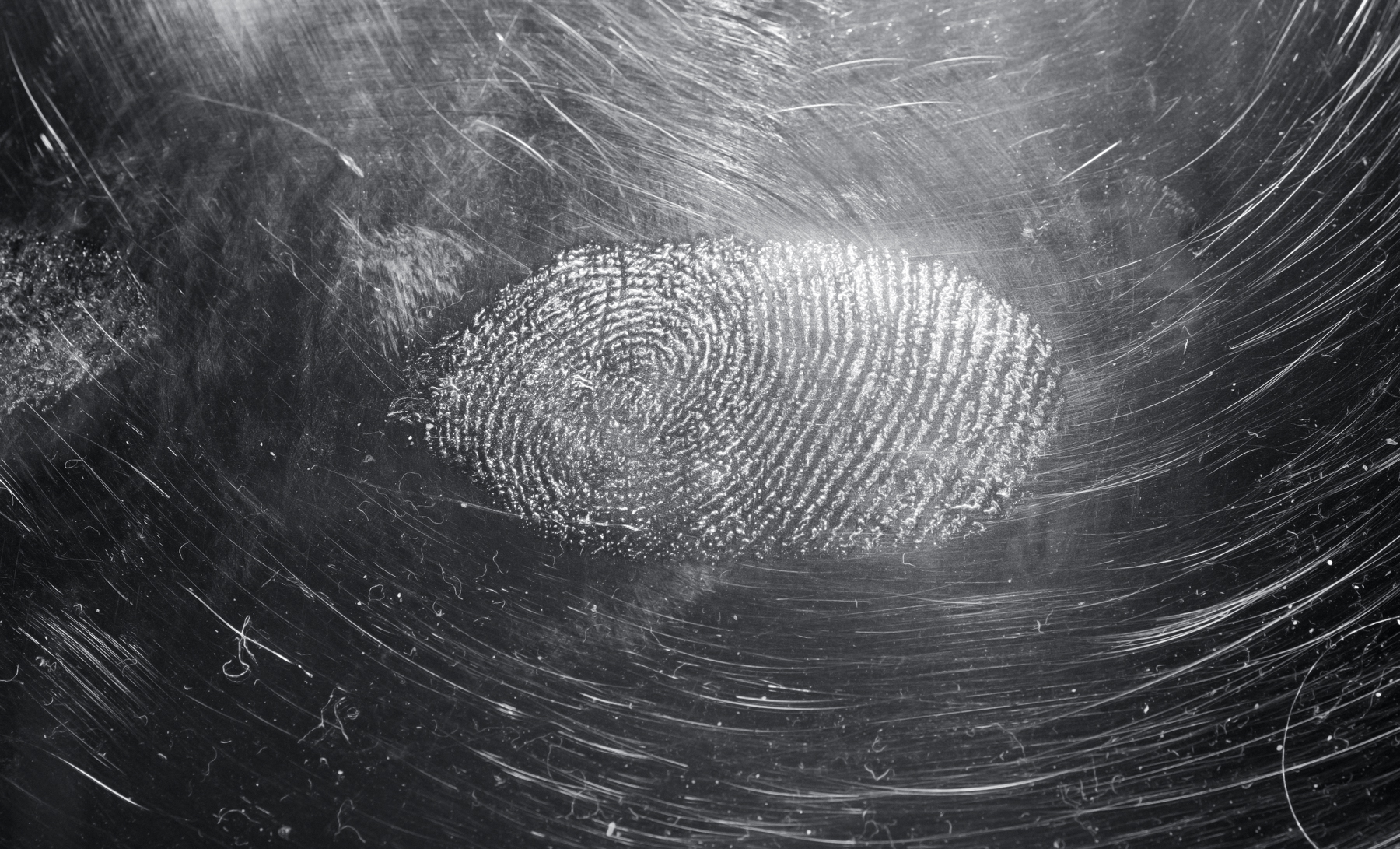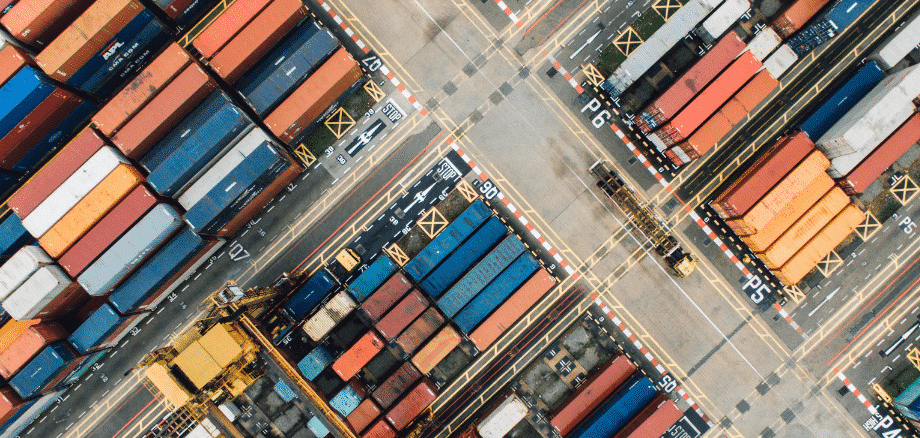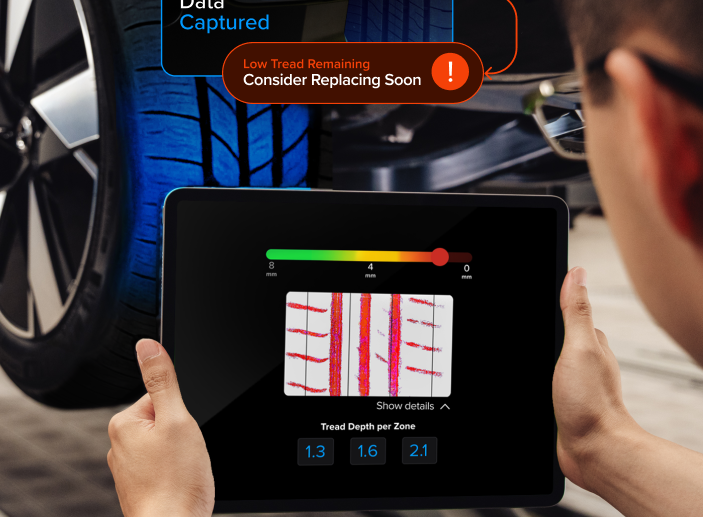
Forensic Technologies and Software: How a Scan Tool Can Help the Police Officers
If you had to make a list of some of the most difficult parts of being a member of law enforcement, collecting evidence would undoubtedly be right at the top. Not only do you have to do it in just the right way to make sure that it’s admissible in court, but it also takes a tremendous amount of time – both factors that can take their attention away from more pressing matters.
Thankfully, forensic technology has made this easier in recent years. But with more than 17,000 scientific publications on new advances in forensic science in the last year alone, it’s easy to get overwhelmed with the wide range of new solutions out there. In this blog, we will cover some of the recent advancements that everyone in law enforcement should know about.
Physical Forensic – Real Life Data Gathering
“Physical forensic” is a term used to describe the collection of evidence at a crime scene. This can include, but is certainly not limited to services like blood pattern analysis, DNA review and analysis, handwriting and document examination and more. The collection of fingerprints and trace materials would also fall under this category.
How Physical Forensic Evidence is Collected
Physical forensic evidence is collected in a number of interesting ways. Most commonly, it begins with photographing and documenting a crime scene. Trace materials will also be collected, especially those gathered from points of entry. Low-level DNA evidence will also be swabbed and all other items that may contain some type of biological evidence will be collected.
How a Scan Tool Can Help
A scanning tool can help with all of this, particularly in a few key areas.
Optical character recognition (OCR) can be used to dramatically increase the speed and effectiveness of license plate scanning, for example. The same is true with driver’s license scanning, where OCR can help quickly compile data from a suspect’s driver’s license and other points of identification.
Biometrics is another area where a scanning tool can help, particularly as it pertains to fingerprints. Officers can use a scanning device to quickly compare a suspect’s fingerprints to those in an internal database.
Digital Forensics – Computer-Based Data Gathering
Digital forensics, on the other hand, is more focused about the recovery and investigation of materials that were found on some type of electronic device. It’s more focused on cybercrime, as opposed to physical forensics which are focused on physical crime scenes and evidence collection.
How Digital Forensic Evidence is Collected
Just a few of the types of devices that digital forensic evidence can be collected from include but are not limited to computers, mobile phones, digital cameras, hard drives, physical media like CD-ROMs, USB memory sticks and more. Even cloud-based computers, RFID tags and web pages can provide reams of evidence if given the proper care.
Blockchain-Based Solutions: Cloud Forensics
The blockchain has become invaluable to forensic scientists in recent years as it is a digital ledger that is virtually impossible to tamper with. It is especially helpful when investigating crimes that happen in the cloud, given the fact that over half of all personal and corporate data is stored there – a trend that shows no signs of slowing down anytime soon.
Digital Vehicle Forensics
Digital vehicle forensics, when coupled with the right scanning tool, allows law enforcement to collect physical data from someone’s automobile. They can obtain their license plate, their VIN (vehicle identification number), tire information and more. Even the GPS in the car can be used to provide invaluable insight into where someone has been and what locations they are likely to frequent.
Social Network Forensics
The sheer volume of personal information that people share about themselves on social media sites like Facebook and Twitter cannot be understated. Currently, there are about 3.6 billion people active on social networks – a number that is expected to climb by almost a billion more by 2025.
This, too, is where a scanning tool comes in handy. It can help wade through the data in a way that is reproducible, explainable and repeatable – all qualities that are essential for evidence being accepted in court.
Drone Forensics
Finally, we arrive at drone forensics – something that has become especially helpful in terms of allowing law enforcement to identify criminals who may be smuggling drugs. It’s also been used to assist attack victims and in other situations. Right now, forensic scientists are developing ways to gather and analyze information from not only drones but also Flash-based storage like SD cards and mobile phones as well.
Conclusion
To find out more information about how scanning tools and other forensic technologies can help police officers better serve the public, or to get answers to any other questions you may have, please don’t delay – contact us today.

